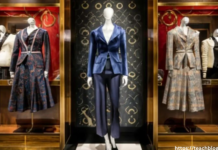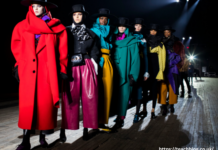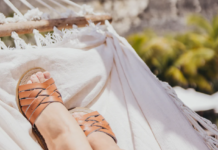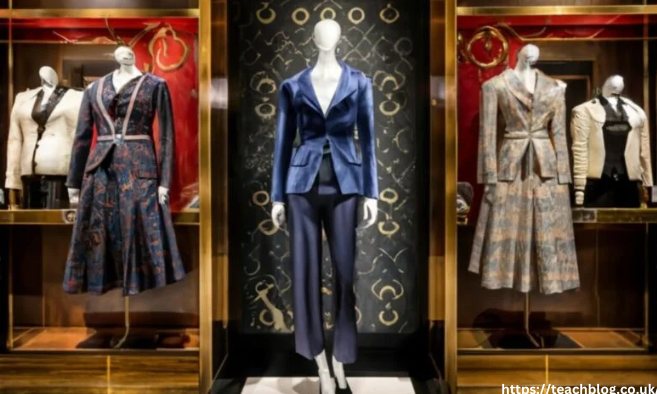Table of Contents
Introduction to the french fashion monogram since 1962
The allure of the French fashion monogram has captivated style enthusiasts since 1962. Instantly recognizable and often synonymous with luxury, this emblem has adorned bags, clothing, and accessories across the globe. But as we step into a new era of fashion, one question looms large: Is this iconic symbol still relevant? From its rich history to evolving consumer perspectives and growing sustainability concerns, let’s explore the journey of the French fashion monogram—and whether it can continue to thrive in today’s ever-changing landscape.
History and evolution of the french fashion monogram since 1962
The French fashion monogram has a rich history, dating back to 1962. It emerged as a symbol of luxury and artistry among Parisian designers. Initially, it represented exclusivity and craftsmanship.
As the years passed, innovative brands began to adopt this iconic design. They infused their unique styles into the monogram, turning it into more than just letters; it became an emblem of status. The bold prints captured attention on runways worldwide.
In the late 20th century, logos transitioned from understated elegance to flashy statements. The monogram evolved with vibrant colors and intricate motifs that appealed to younger audiences craving self-expression through fashion.
Today’s digital age has further transformed its place in popular culture. Social media influencers showcase these designs daily, reigniting interest among new generations while maintaining ties to tradition and heritage within French fashion.
Consumers’ perspective and opinions on the monogram trend
Consumers today hold varied opinions on the French fashion monogram since 1962. For many, it’s a symbol of luxury and heritage. The iconic designs evoke nostalgia for classic craftsmanship.
Others, however, express concerns about overexposure. Social media has made these monograms ubiquitous. What was once exclusive now feels commonplace to some shoppers.
Sustainability also plays a role in consumer attitudes. Many buyers are questioning whether supporting brands with flashy logos aligns with eco-friendly values. They seek authenticity rather than just status symbols.
On the flip side, younger generations are embracing the trend as vintage styles resurface. Thrifted finds featuring these renowned logos have become statements of individuality.
This duality reflects shifting cultural landscapes and personal preferences within fashion circles today. As tastes evolve, consumers continue to navigate their relationship with this enduring emblem of style and prestige.
Sustainability concerns surrounding the production of french fashion monogram since 1962
The allure of the French fashion monogram since 1962 comes with a hidden cost. As luxury brands aim to maintain their prestigious image, sustainability often takes a backseat. The production processes behind these iconic pieces can be resource-intensive.
Materials like leather and canvas require significant water, energy, and chemicals for cultivation and processing. This raises concerns about eco-friendliness in an age where consumers demand transparency.
Moreover, fast fashion’s rise complicates matters further. Some lesser-known labels mimic the classic designs without adhering to ethical standards. This dilutes the original brand’s commitment to quality and sustainability.
Environmental impact isn’t just about materials; it extends to labor practices as well. Many high-end brands are re-evaluating their supply chains but still have miles to go before achieving true sustainability that matches consumer expectations in 2023.
Forecast for the future
As we look ahead, the relevance of the French fashion monogram since 1962 remains a fascinating topic. The blend of heritage and modernity continues to influence designers across the globe. Many brands are adapting their iconic symbols to resonate with younger audiences while staying true to their roots.
Digital platforms play a crucial role in this evolution. Social media is reshaping how consumers interact with luxury items, including monograms. Influencers showcase these designs in fresh ways, breathing new life into established patterns.
Sustainability will also shape the future landscape. Brands that prioritize eco-friendly practices are likely to attract conscientious consumers who value both style and ethical responsibility. This shift may lead to reimagined collections that maintain brand identity while addressing environmental concerns.
The demand for unique pieces might spur customizations or limited editions featuring traditional motifs reinterpreted through contemporary design lenses.
As long as there is appreciation for craftsmanship and history, the French fashion monogram since 1962 will continue its journey—adapting yet remaining timelessly relevant.
